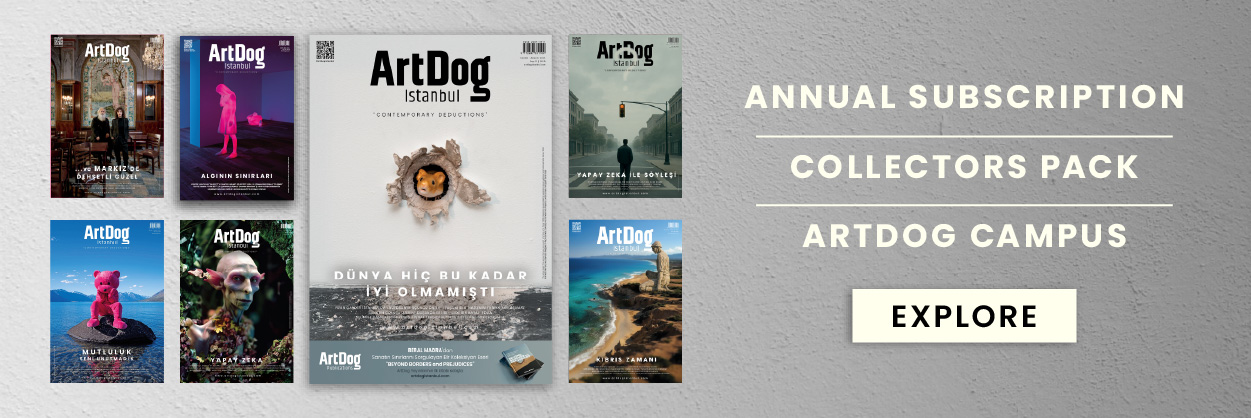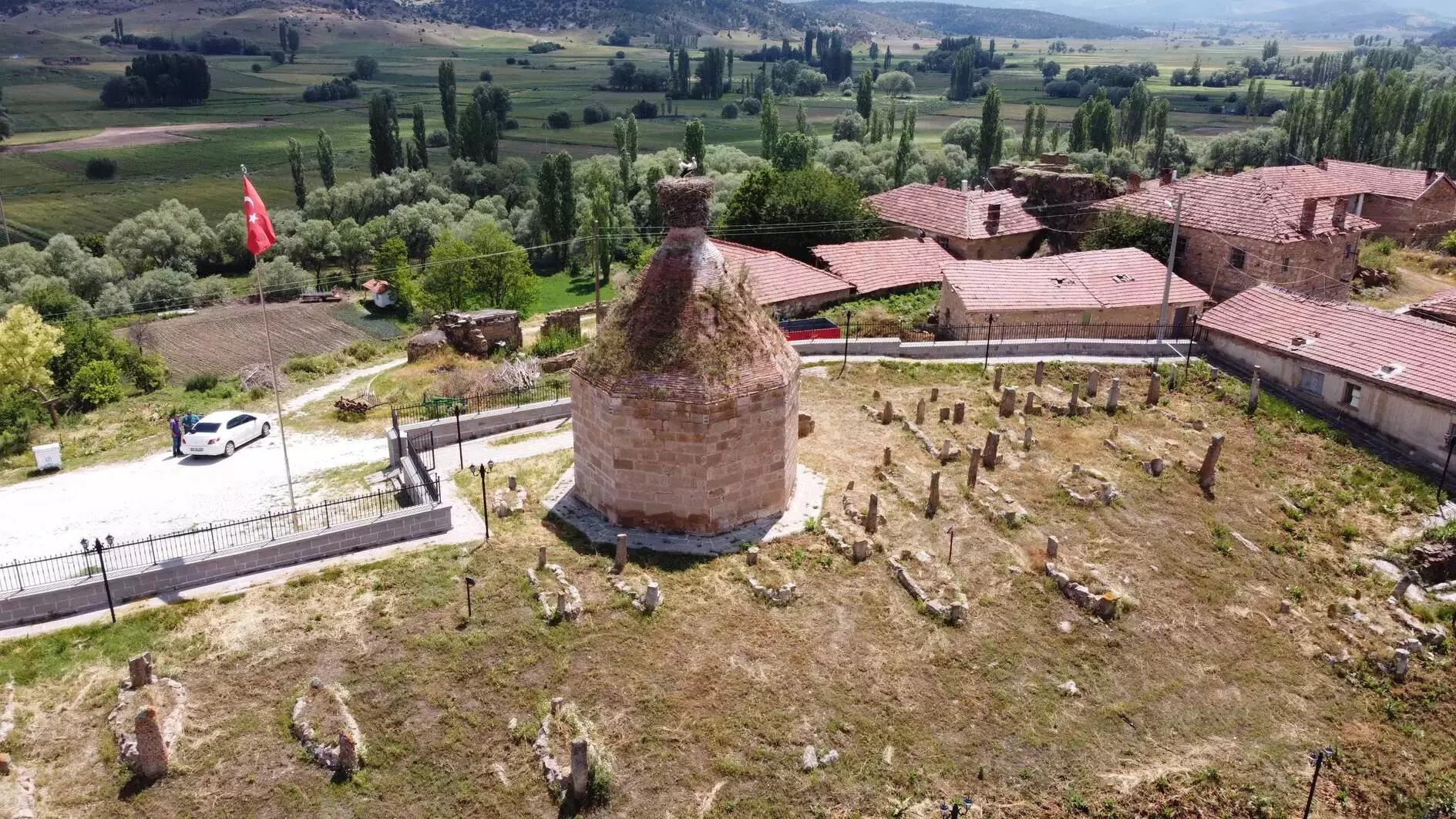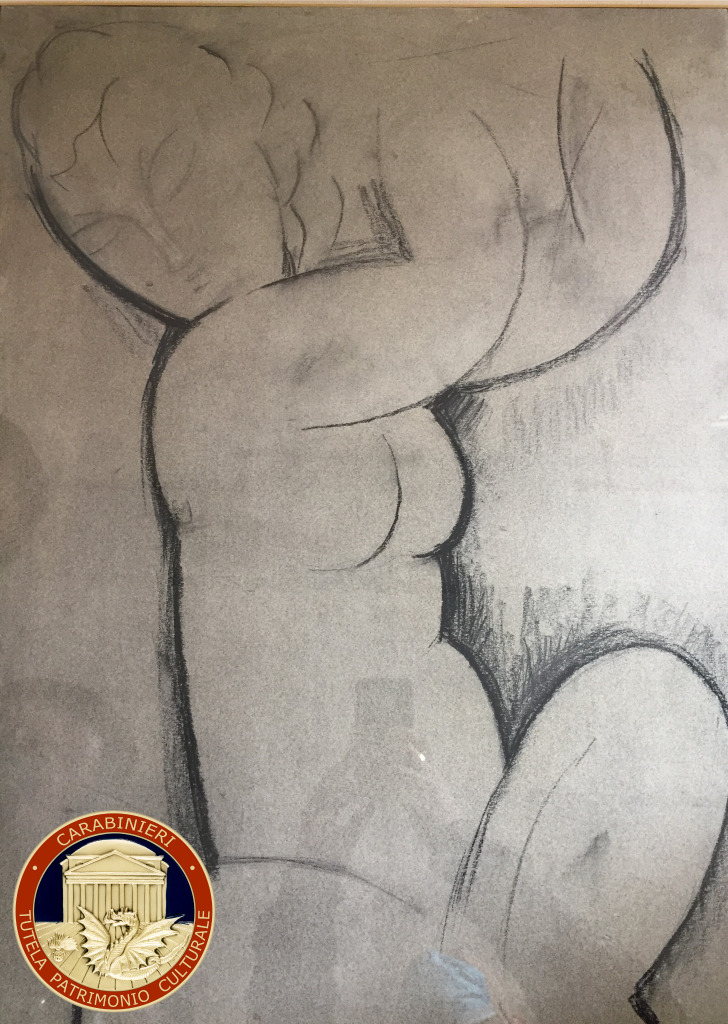Kümbet village, located in the Seyitgazi district of Eskişehir, is home to a history that traces back to the Phrygians and houses numerous historical artifacts from various periods. Village headman Seydi Ay expressed concerns about the loss of many historical artifacts due to natural deterioration and unintentional harm caused by residents. He called on authorities to boost tourism in the area to help safeguard its cultural heritage.
Kümbet village stands out with its historical and natural beauties. The village takes its name from a Seljuk tomb, attracting attention with Seljuk architecture and other historical textures.
On the other hand, significant damage to some historical artifacts is noticeable. The neglect of these artifacts in the village, which is a popular destination for many tourists, raises concerns about their future preservation.
Ay stated that the works were not protected and asked for help from the authorities.
“The history of Kümbet village dates back to the Phrygians. Its first known name in history is the city of Meros. According to the information provided by archaeology teachers, Phrygians lived and engaged in agriculture in the underwater city of Meros, where the first sewage system and mains water were used in Anatolia. Phrygians also lived in Yazılıkaya, the nearby city of Midas. Many Phrygian monuments were found in the region. After the Phrygians, there was a period when the Romans lived. Roman-era marble can be seen in current structures. Then the Seljuks lived in the region, and the tomb that our village takes its name from is a Seljuk structure. There is a lion temple which is from the Phrygians. The tomb has survived from the Seljuks to the present day. There are also Ottoman graves around the tomb.”
Ay stated that the artifacts in the region have not been adequately protected and treasure hunters destroyed some of them.
“But there is a castle that we can say has received almost no damage so far. Locals call this castle 40 Stairs Castle. Because it has some 40 stairs and a water cistern. I can say that it is the best-preserved castle to date. There is only one entrance door, it is a completely natural work. It has never been touched or destroyed by treasure hunters until today. The installation of a camera and electrical system is very important for the protection of the region. It should be easy for people to reach so that treasure hunters cannot easily dig illegally. If transportation is made easier, a treasure hunter cannot go and dig this place because there is a possibility that someone will come at any moment. A solar-powered camera system can also be installed in the region,” he said.
Ay mentioned that the 40 Stairs Castle, which is as significant as other Phrygian structures like the Lion Temple, the Kümbet Tomb, and the Ottoman tombs, requires maintenance. Additionally, he emphasized the need to clean the water cistern inside the castle.
“The tomb has been restored, but the grass grows on it. If grass grows on the tomb, it means there is water flow here. If water flows into the tomb, it is in danger. There are so many old structures in our village that are expected to be restored. There is not even a bench to sit on around the tomb. At least 1,500-2,000 local and foreign tourists visit the region. There should be an area where we can give our visitors a five-minute break. I bought a motorized grass-cutting machine for tourists to come to a cleaner environment. I have been the headman for two and a half months, I have done my best for visitors, but the rest is beyond me.”







